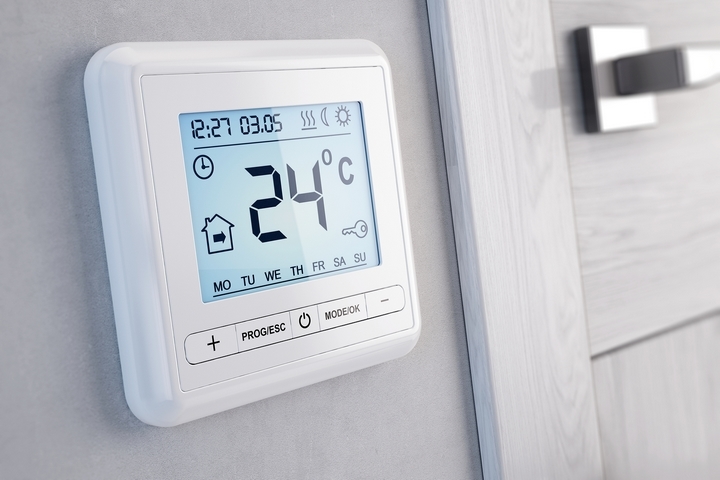If you own a facility, but you aren’t familiar with the ins-and-outs of an HVAC system, don’t worry, you aren’t alone. Since an HVAC system is a costly facility, it can be even more expensive if it’s not maintained correctly.
To get the most out of this system, you need to keep up with maintenance. Here is a 10-Step HVAC inspection checklist. Use this checklist to make sure the system is always in tip-top shape.
1. Check the Filter
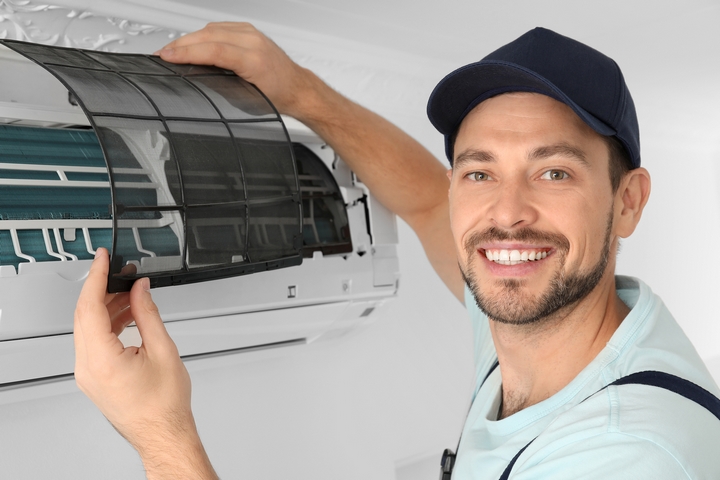
In most cases, the filter is located in the blower compartment, or in the return air duct. The primary work of a filter is to clean the air circulating through your HVAC system. Filters trap and hold the different types of contaminants and particulates, which could affect your comfort and health.
These include dust, pollen, mould, lint, fibres, wood particles, plaster, animal fur, hair, microorganisms and bacteria. If you use the HVAC system is being a lot, regularly clean the filters, but as a rule of thumb, change them every three months.
2. Check the Evaporator Coil
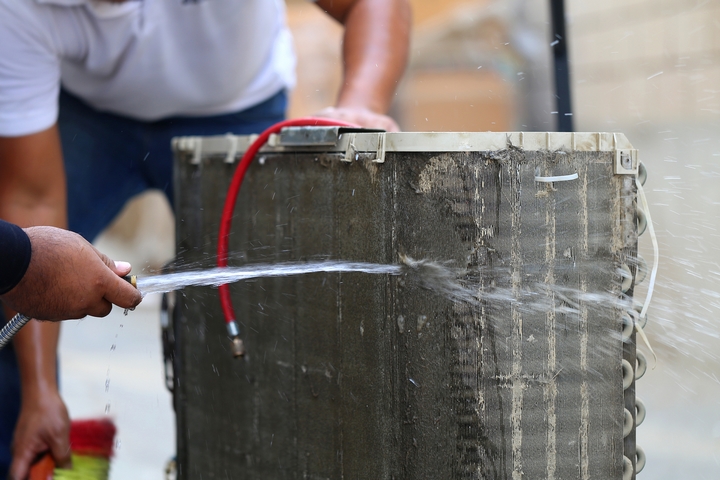
This coil absorbs heat from the air blown across it by the fan. The liquid coolant inside this component expands and turns into a gas. Most people think an HVAC system manufactures cold air, but it actually absorbs heat from inside and expels it outside. The absorption takes place around and inside the evaporator coils, usually located in the building.
A clean evaporator coil is essential in ensuring your HVAC system works efficiently. Evaporator coils are typically made of copper since the metal transfers heat efficiently. Vanes or fins surround the evaporator coil to create a cold surface area for the air to cool.
3. Check the Condenser Coils
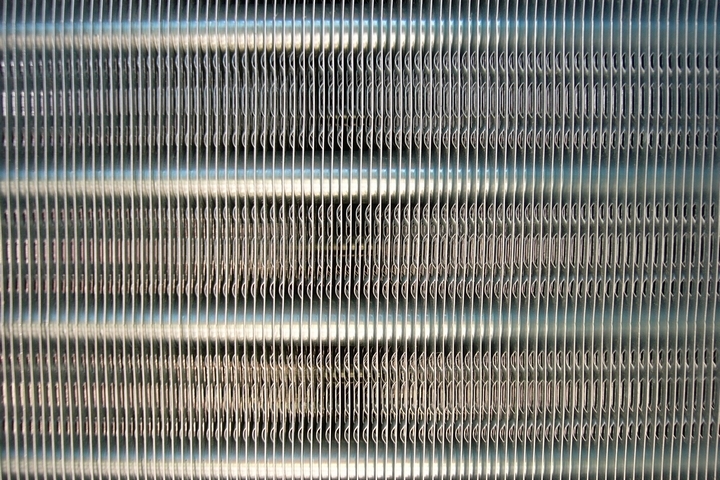
This coil is located outside the home. In this component, the gas coolant changes back to liquid. This process generates heat, which is then blown outside by the exhaust fans. The component is made of copper and uses fans and vanes. The condenser coil should always be free of debris and dirt so it can dissipate heat efficiently. It’s easy to clean. All you need is a commercial cleaner and a stiff nylon brush.
4. Check the Gas Connections
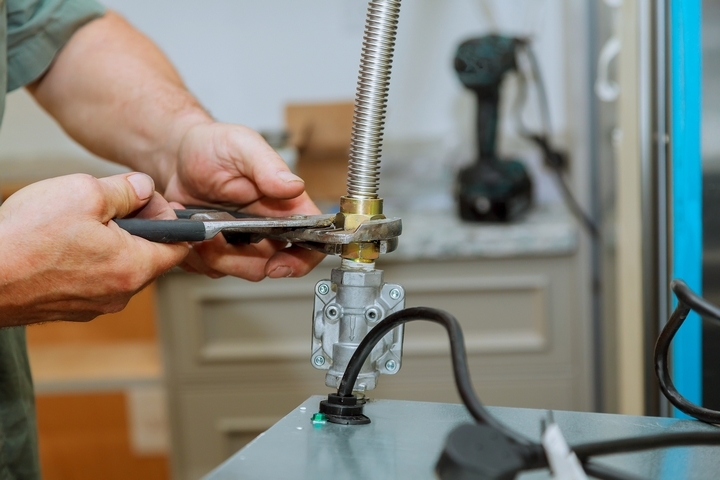
Many people neglect to check the gas connections in their HVAC inspection checklist, but this could be a costly mistake. The gas connections should always be tight. A loose gas connection can lead to a leak, meaning the HVAC system will not work as efficiently as it should.
5. Check the Heat Exchanger
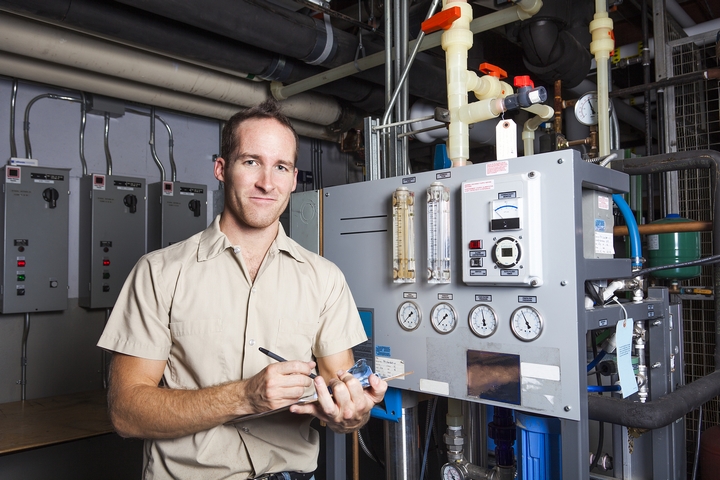
This component is part of the furnace’s housing. The heat exchanger is an integral part of the HVAC system. When the thermostat activates the furnace, the heat exchanger absorbs heat and warms cold air. Once the cold air is warmed, it rises. If this component is not working correctly, the heating option will not be as effective.
All the best furnaces have heat exchangers, which feature sturdy stainless steel, and temperature-resistant alloys that prevent cracks and other forms of damage. Always inspect them regularly. Some models feature a special duct that lets cold air enter the heat exchanger faster. If yours does, make sure it is clear.
If a problem with the heat exchanger goes unnoticed, it could end up causing a carbon monoxide leak, leading to nausea, headaches, or death. Carbon monoxide is odourless and colourless. Therefore, install detectors in the kitchen and bedrooms to avoid potential calamity.
6. Check the Drain Lines
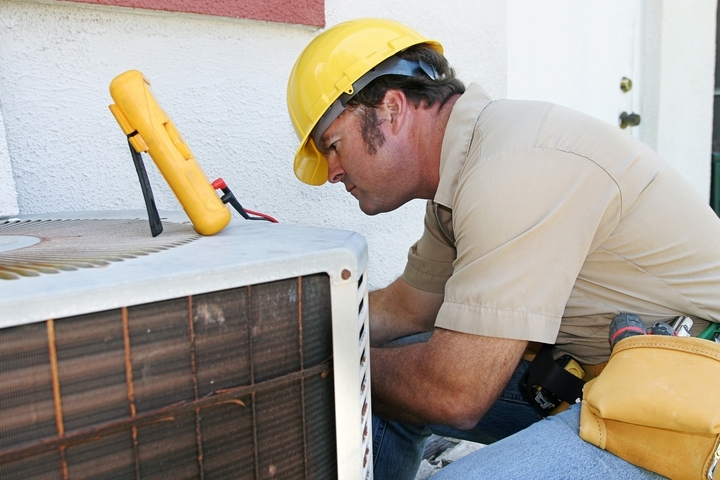
The drain line’s function is to remove condensation, which develops over time, using evaporator coils. When the drain line gets clogged up, a sensor is triggered, and the HVAC system is automatically turned off.
The drain line transfers moisture down and out of the building. This component is located on a home’s exterior. The drain line generally works fine most of the time, but in some cases, it can get clogged. Make it a part of your HVAC inspection checklist to get this checked out.
7. Check the Drain Pans
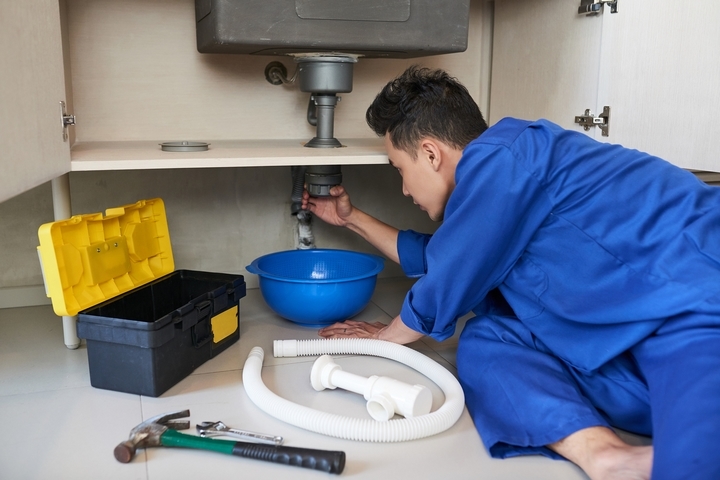
The drain pan is located directly underneath the evaporator coils. The moisture absorbed from the interior drips from the evaporator coils, and into the drain pan. A pipe runs from this pan to a floor drain. Once water gets to the floor drain, it drains through the floor and flows outside. You don’t want to have any standing water on the drain pans since it could lead to an overflow.
8. Tighten all Electrical Connections
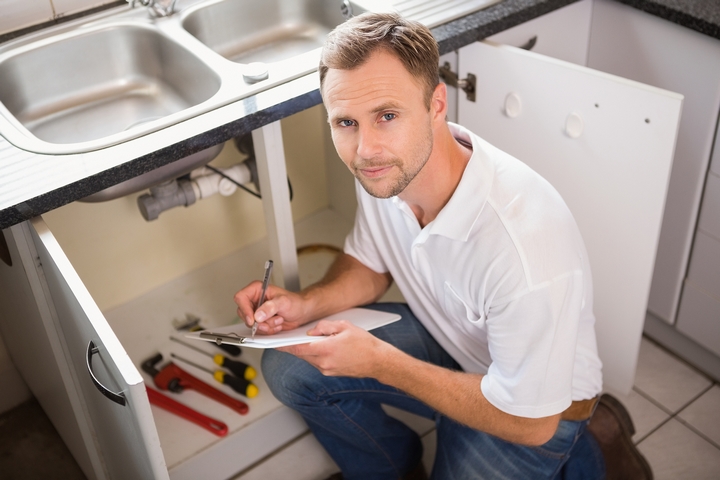
If you operate an HVAC system with faulty or loose electrical connections, you reduce the lifespan of some of the significant components of the system. Loose electrical connections could also lead to higher energy bills.
9. Test the System’s Emergency Controls
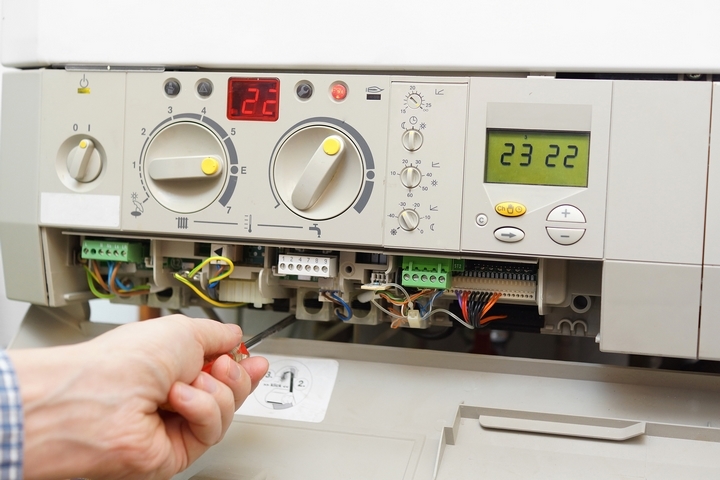
Testing is a critical part of any HVAC inspection checklist. Emergency controls are handy during a grid emergency. You want to make sure the system can start, operate, and shut off on time in emergency situations.
10. Review the Thermostat Settings
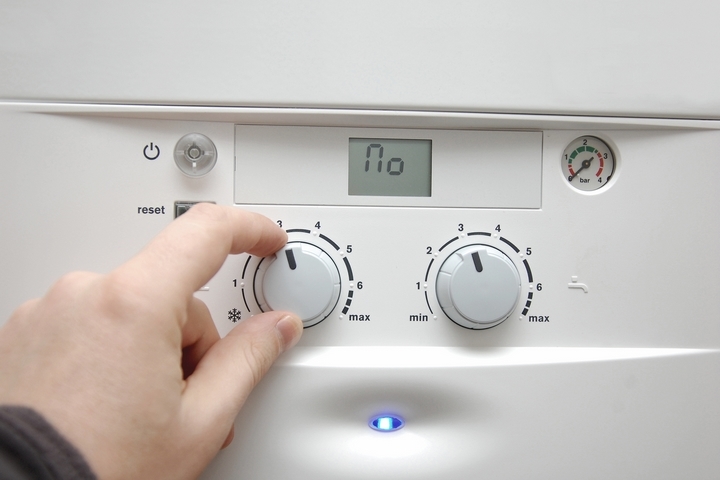
The wrong thermostat settings can lead to increased electricity consumption. Make sure the heating and cooling system lowers whenever you are not on the premises to avoid consuming electricity unnecessarily.

